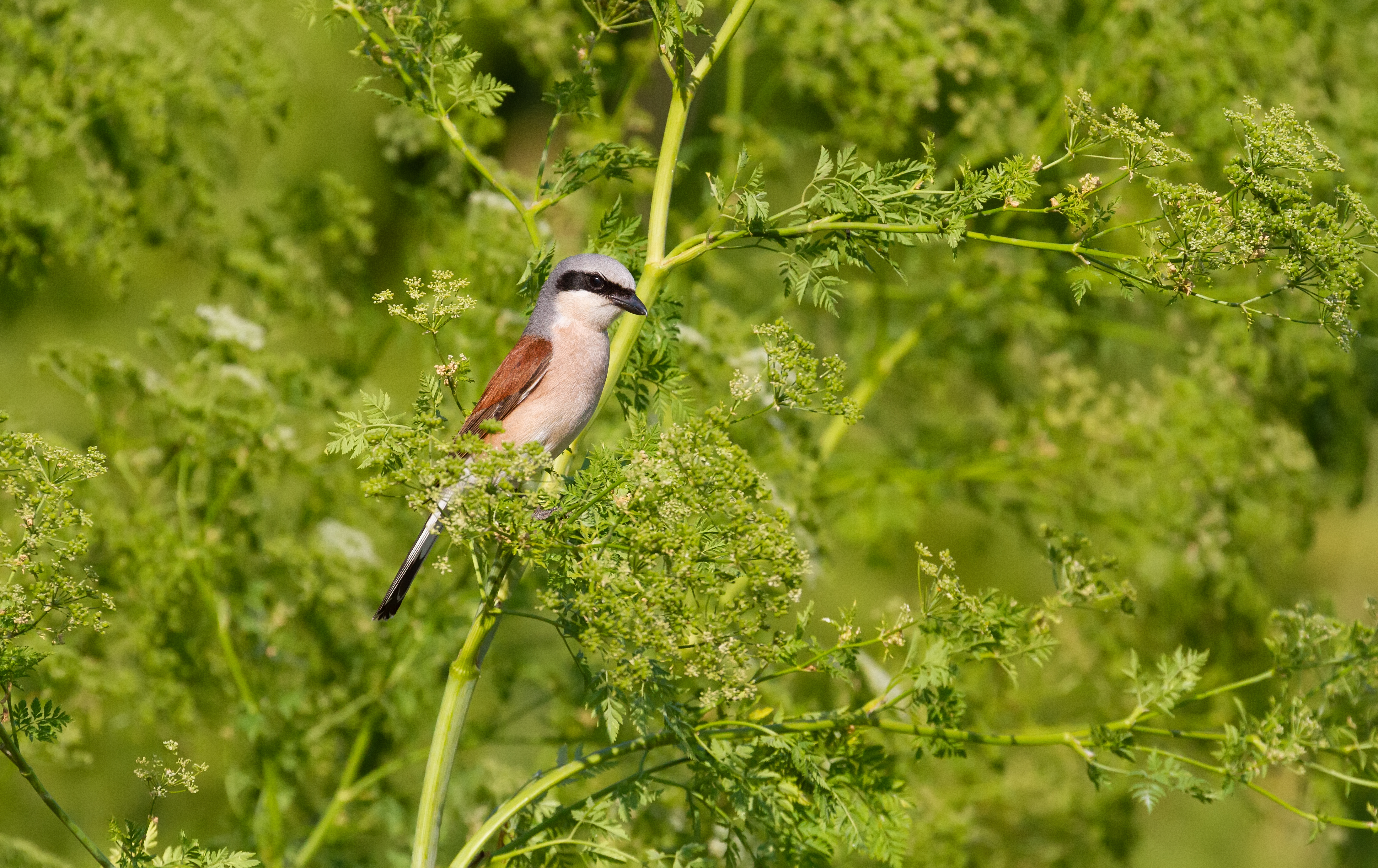10 Things You Didn’t Know About How Animals See the World
When we think of vision, we often limit our understanding to the human experience, which is surprisingly narrow compared to the rich tapestry of sight found in the animal kingdom. Animals perceive the world in ways that are both astonishing and mysterious. Their eyes have evolved to detect elements of the environment that are invisible to us, offering a glimpse into a reality beyond our perception. This article delves into 10 intriguing secrets that animals hold in their vision of the world, each revealing a unique aspect of how these creatures interact with their surroundings. Prepare to embark on a journey that will expand your understanding of sight and challenge your perception of reality.
1. Ultraviolet Vision – A Hidden Spectrum

Many animals can see ultraviolet (UV) light, a spectrum of light that remains invisible to humans. Birds, for instance, use UV vision to detect plumage patterns that are invisible to human eyes, aiding in mate selection and species identification. Bees also perceive UV light, allowing them to see patterns on flowers that guide them to nectar. This ability enhances their efficiency as pollinators, directly impacting ecosystems. The presence of UV vision in these animals suggests a complex and finely tuned evolutionary adaptation to their environments, providing them with survival advantages that are subtly woven into the fabric of their existence.